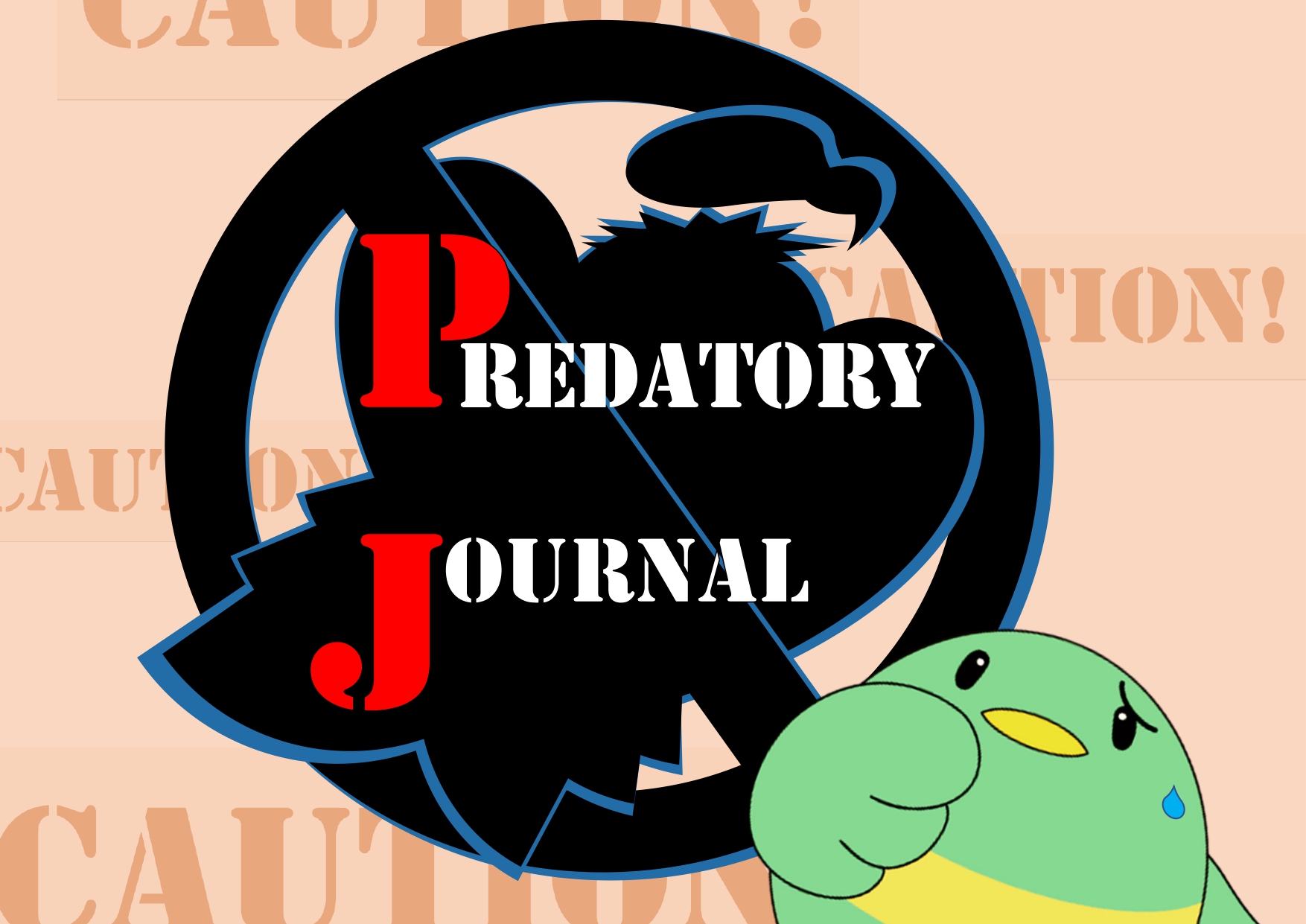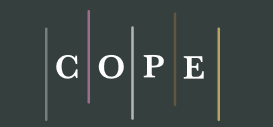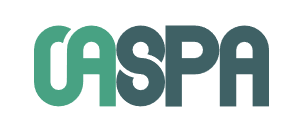Be aware of “Predatory Journals”
Be aware of "Predatory Journals"
Amid the recent trend toward open access (OA), there are a growing number of OA journals that allow readers to read articles in them for free if the authors pay an article processing charge (APC). This comes with the problem of an increasing number of predatory journals that viciously prey on APCs to gain a dishonest profit. You also need to beware of fake journal sites that use the names of existing journals.

What is "predatory journal"?
A predatory journal is a malicious “scholarly” journal that aims to defraud authors of article process charges (APCs) by exploiting the open access business model.
The term may be translated into Japanese as soaku gakujutsu-shi (“poor-quality scholarly journal”), hagetaka gakujutsu-shi (“vulture scholarly journal”) or hoshoku gakujutsu-shi (“predatory scholarly journal”).
The term that has become well-known is “predatory journal” (hoshoku gakujutsu-shi in Japanese). In this context, however, the adjective “predatory” is also used to modify other words, such as “predatory conference.”
The problems with a predatory journal can be summarized as follows:
- The lack of proper peer review means that the quality of the papers submitted is not guaranteed.
- By pretending to be a sound OA journal*, a predatory journal deceives researchers into submitting papers and defrauds them of APCs.
* Ways of doing this may include putting the names of renowned researchers on the list of its editorial committee without permission, adopting a metric that seems very similar to the impact factor, and using a logo or name that looks very much like that of a well-known scholarly journal.
The motive of a publisher that issues a predatory journal is profit, but the harm caused to researchers and society is not limited to monetary loss.
It is therefore important for researchers to be cautious in selecting the journals to which they submit their papers. They also need to be careful when citing or referring to articles.
What harm do predatory journals cause to researchers and society?
- Publication of articles in predatory journals may undermine appreciation of, and confidence in, the authors and the institutions they belong to.
- Problems over APCs may be caused, such as being charged with an exorbitant APC.
- Once authors submit papers to predatory journals unknowingly, even if they notice it after submission, they may not be allowed to withdraw the papers, making it impossible to submit them to different journals.
- Stable access to articles may not be guaranteed, opening up the possibility that they will become inaccessible without notice.
- The circulation of articles whose quality is not guaranteed may also undermine confidence in peer-reviewed articles and scholarly journals as a whole.
- Authors may be invited to attend a predatory conference whose primary purpose is to collect participation fees.
What can be done to prevent such harm?
Scrutinize the criteria
There are no such things as perfect preventive measures.
Sets of check points and check lists for databases and the like are currently available. Yet believing only in the results of checks involves risks. Predatory journals come and go, and they use various tricks. They may dodge many check lists and sets of check points, both of which tend not to be updated frequently enough, or they may slip through the screening process. The evaluation of a scholarly journal may change as time passes. Also, not all predatory journals can be judged as such instantly. Resorting to check lists or a set of check points alone may run the risk of judging non-predatory scholarly journals as predatory.
The check lists and sets of check points shown below provide criteria that identify some of the features of scholarly journals that show whether such journals are predatory or proper. At the moment, the best preventive measure may be to scrutinize such criteria themselves and put them to good use in making your judgement. It may also be useful to share information with researchers around you.
You suspect a journal might be predatory ... Points to check before submitting your research
- Think Check Submit
This campaign supports authors in submitting their research to trusted journals. It is jointly managed by well-known organizations engaged in scholarly publishing. You can run through this list to check the reliability of the journal to which you submit your research
・The publisher does not specify information about fees, such as APCs.
・The publisher does not identify the means of contact or uses a free e-mail service.
・The period from peer-review to publication is too short.
・The publisher covers too many fields.
・The information on editing and peer reviewing is unclear.
・The title or other information of the journal is very similar to that of another journal..
・The databases as shown below do not contain the name of the editor or the journal.
Is the journal registered on a reliable database, such as those shown below?
- DOAJ(Directory of Open Access Journals)
- Web of Science:Muster Journal List
DOAJ is a database that allows users to search for OA journals for free. It contains more than 21,000 journals (as of February 13,2025). To be included in the database, a journal must meet a set of strict screening criteria.
This is a free tool to search for journals included in Web of Science, one of the largest academic literature databases in the world.

Is the publisher of the journal registered at either or both of the following organizations?
Fake journal sites

Some fake journal sites have been identified. They were found pretending to be existing journals, with websites misrepresenting themselves as those of existing scholarly journals or university bulletins by using their names or ISSNs. The aim is to deceive authors into submitting papers and defraud them of APCs. Take extra care to make sure that you are submitting a paper to a genuine journal.
- Sapporo Medical University Scholarly Communication Center:Warning about a fake website, “The Sapporo Medical Journal”
- The Kyoto University Library Network: “Be careful about fake journals” (in Japanese)
- Tottori University Library: “Fake Yonago Acta Medica” (in Japanese and English)
- Dokkyo Medical Society: “Warning: A false website that pretends to be the site of Dokkyo Journal of Medical Sciences” (in Japanese)
This is a warning notice about a fake website that pretends to be the site of The Sapporo Medical Journal of Sapporo Medical University.
This is a warning notice about a fake website that pretends to be the site of The Sapporo Medical Journal of Sapporo Medical University.
This is a warning notice about a website that pretends to be the site of Yonago Acta Medica of Tottori University.
This is a warning notice about a website that pretends to be the site of Dokkyo Journal of Medical Sciences of Dokkyo Medical Society.
Additional information
Materials about predatory journals published by Hokkaido University and Hokkaido University Library
- Northern Campus Library, “Afternoon Talk on Open Access and Predatory Journals,” October 2018
- Research Support Division, Hokkaido University Library, “‘Predatory problem’ in Academia,” December 2024
【For further information】Hokkaido University Library, Academic Information Support Division E-mail : jsa[at]lib.hokudai.ac.jp





